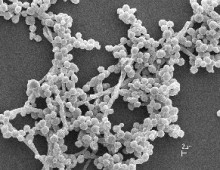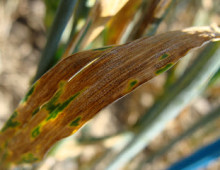Dry rot (Serpula) genome project in BasqueResearch.com
Science journal has published research work on the sequence of the genome of the Serpula lacrymans fungus and in which the Public University of Navarre (UPNA) lecturers Gerardo Pisabarro de Lucas and José Antonio Oguiza Tomé, professor and senior lecturer in Microbiology respectively, participated. The research, largely funded by the US Department of Energy through… [Read More]

